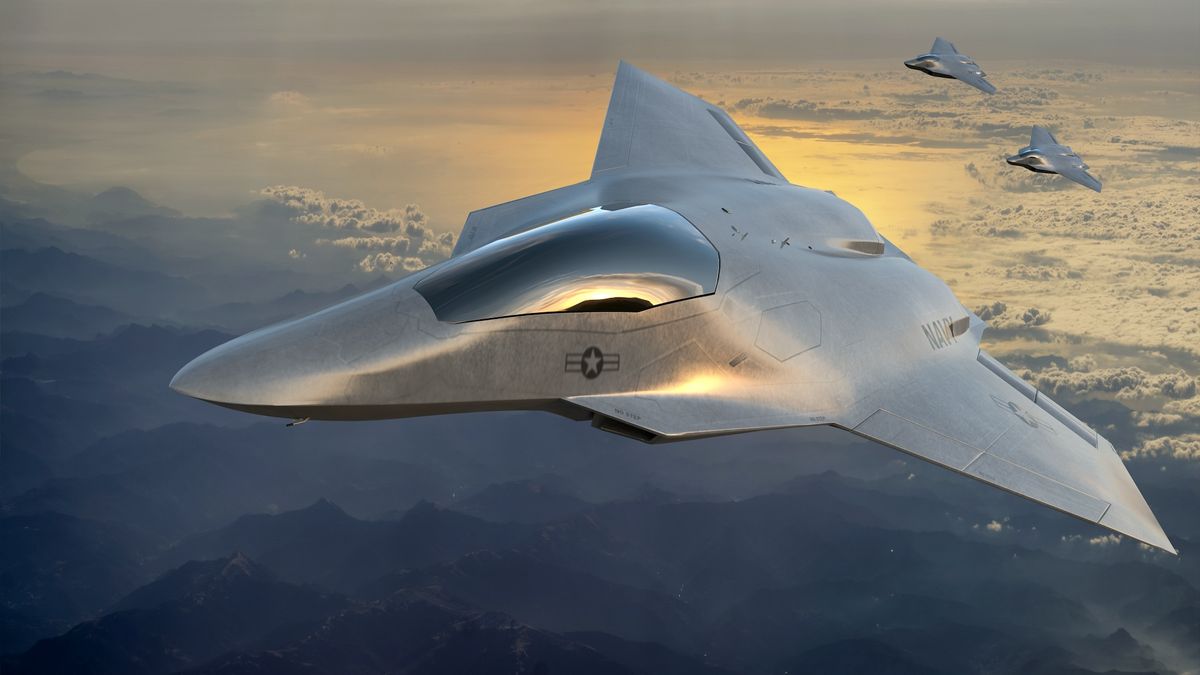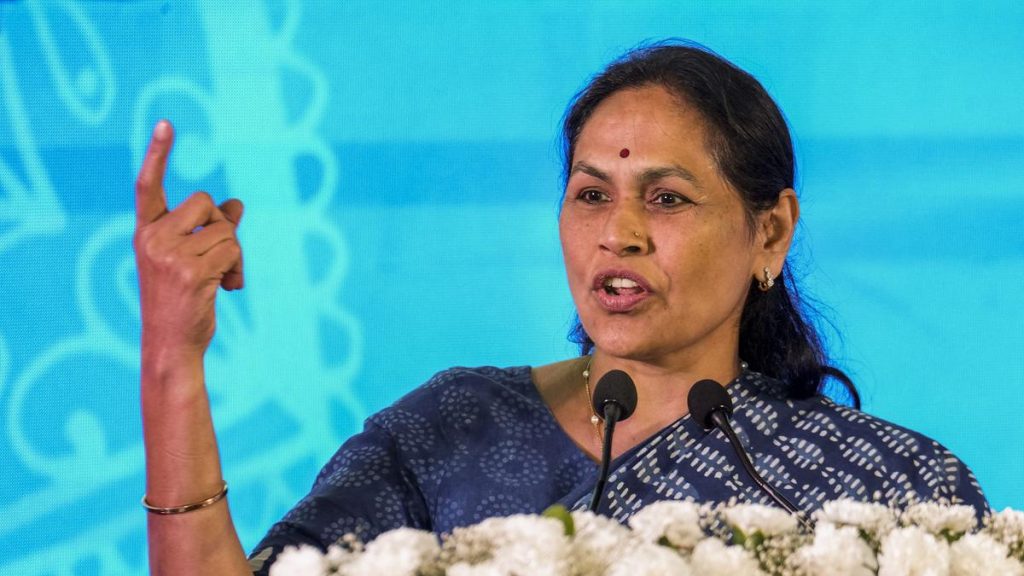Now Reading: Stealth Tech: Defining the Next Generation of Fighter Jets
-
01
Stealth Tech: Defining the Next Generation of Fighter Jets
Stealth Tech: Defining the Next Generation of Fighter Jets

Swift Summary:
- Fighter Jet Generations: Advanced fighter jets such as fifth-generation models (e.g., F-35, F-22) are evolving into sixth-generation platforms featuring meaningful advances.
- Nations in Development: The US is working on the F-47 and specialized Navy jet F/A-XX. China has tested J36 and J50 prototypes. UK, Italy, Japan collaborate on GCAP; Germany, France, Spain work on FCAS.
- Technological Advances in Sixth Gen Jets:
– Stealth-focused designs like diamond-shaped airframes and radar absorbing materials with vertical tail reductions for enhanced cloaking capabilities.
– Thrust vectoring and fluidic actuators replacing traditional tail controls for better maneuverability.- Adaptive cycle engines improve supersonic cruising and combat thrust via a three-stream airflow system.
– Enhanced cockpit systems integrate data from satellites/ground surveillance while disrupting enemy sensors actively.- Drone integration where manned jets manage autonomous unmanned wingmen during missions using AI systems.
– Weaponry advancements include hypersonic missiles with stealth features; potential laser weapons under research.
Indian Opinion Analysis:
India’s defense leadership faces critical decisions amid rapid advancements in fighter jet technology globally.With key nations focusing heavily on stealth systems, adaptive engines, AI integration, and drone networks-these developments represent both opportunities for collaboration on similar projects or challenges in terms of maintaining strategic parity.
Given India’s ongoing efforts to modernize its air force through indigenous platforms like HAL Tejas Mk2 or the AMCA project (Advanced Medium Combat Aircraft), sixth-generation innovations will require higher investment not only in R&D but also partnerships with tech-leading nations for key components (e.g., AI-based avionics). Strategic alignment with programs such as GCAP could allow India access to cutting-edge frameworks while reducing domestic development pressure.
The arrival of these technologies will likely redefine warfare norms over coming decades-with extended operational timelines forecasting disruptive implications even beyond aerospace industries toward national defense strategies overall.























